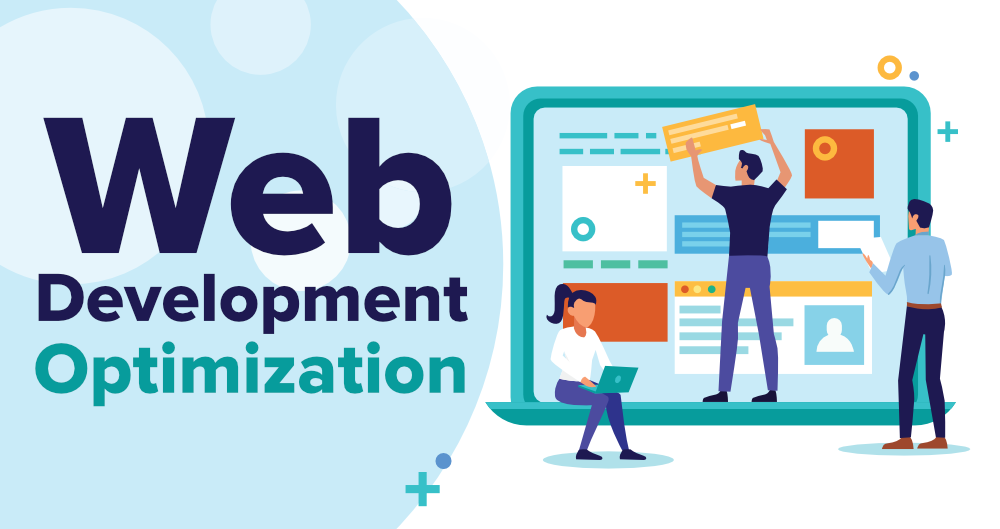Biao Teng GM: Insights & Trends
Explore the latest insights and trends in general news and information.
Speeding Past Slowpokes: Amping Up Your Web Performance
Turbocharge your website's speed! Discover expert tips to leave slowpokes behind and boost your web performance today!
Understanding Web Performance: Key Metrics That Matter
Understanding web performance is essential for any website owner or digital marketer. It refers to the speed and efficiency with which web content is delivered to users. One of the most critical metrics to monitor is page load time, which significantly impacts both user experience and search engine rankings. According to Google's Web Fundamentals, pages that load in under two seconds provide a better experience, while slow-loading pages can lead to increased bounce rates.
Another important metric is the First Contentful Paint (FCP), which measures the time it takes for the first piece of content to load on the screen. Users often perceive websites as faster when the initial content appears quickly. Tools like Lighthouse can help assess these metrics, giving insights into how to improve web performance. Regular monitoring of metrics such as Time to Interactive (TTI) and Cumulative Layout Shift (CLS) will also ensure your site remains user-friendly and optimized for search engines.

Common Web Performance Pitfalls: How to Avoid the Slow Lane
Web performance is crucial for providing a seamless user experience, yet many websites fall victim to common pitfalls that can slow them down. Unoptimized images is one significant issue; large image files can drastically increase load times. To avoid this, it's essential to compress images and use modern formats like WebP. Additionally, relying on too many HTTP requests can bog down your site. Each request adds latency, so consider combining CSS and JavaScript files to minimize round trips to the server.
Another frequent mistake is not prioritizing mobile optimization. With an increasingly mobile audience, ensuring your website is responsive can drastically improve performance on smaller devices. Furthermore, ineffective caching strategies can hinder performance. Use tools like browser caching and Content Delivery Networks (CDNs) to distribute your content efficiently, getting you out of the slow lane and into the fast track.
How to Optimize Images for Faster Load Times
Optimizing images is crucial for improving website load times. A few simple steps can significantly enhance performance while maintaining visual quality. First, choose the right file format for your images. For photographs, use JPEG, as it offers a good balance of quality and file size. For images with transparent backgrounds or simple graphics, consider using PNG. Alternatively, for modern web practices, AVIF and WebP formats provide superior compression without a noticeable loss in quality. For more details on file formats, you can check out Smashing Magazine.
After selecting the appropriate format, ensure images are compressed without sacrificing quality. Tools like TinyPNG allow you to reduce file sizes effectively. Additionally, implementing responsive images with the srcset attribute ensures that browsers load the most appropriate version based on the user's device, further enhancing load times. Finally, always remember to include image alt text, which not only improves accessibility but also boosts SEO. For a deeper dive into these techniques, consider visiting Google Developers.